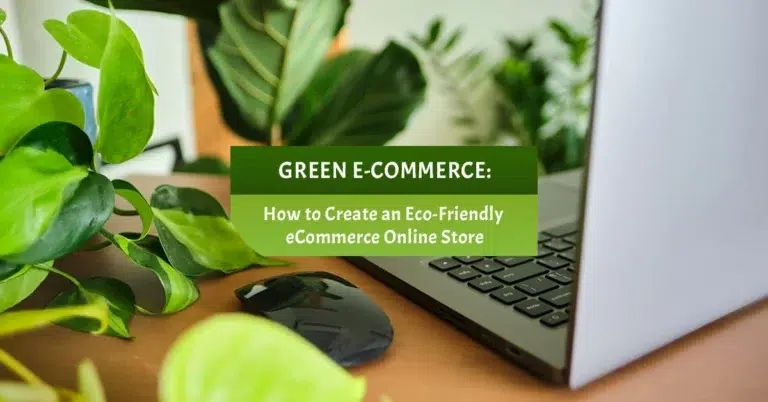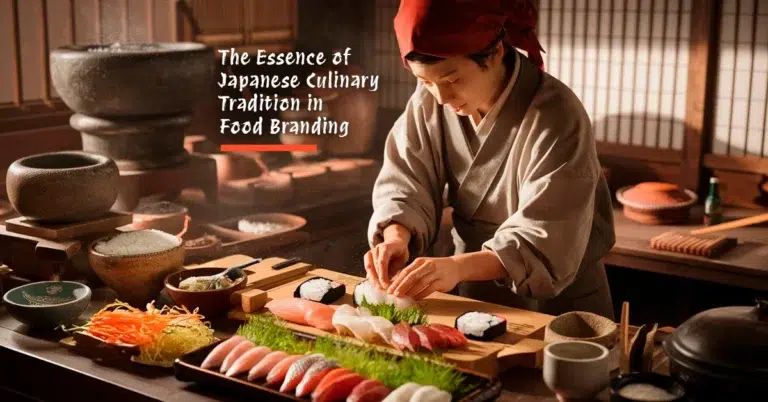As a professional or business owner, we often get fascinated with beautifully done website design and its original goal is to only make it super nice and beautiful – it eventually becomes like an art piece, and no one dares to touch it after that.
This single-minded focus on just one objective for the website will impact on the user experiences (UX) and one day your users will not come back anymore.
A web designer’s job is to make your website beautiful with nice colour schemes, fonts, photos which we called User Interface (UI) design.
But there are more to just beautiful design and here are the few important points you should risk cutting a queue to know it;
Art & Design – Spot the Difference
It’s dangerous when a designer thinks they are an artist. Whilst “art is the expression or application of human creative skill and imagination, typically in a visual form such as painting or sculpture, producing works to be appreciated primarily for their beauty or emotional power” by Wikipedia
Yes, we can agree some part of its creativity and style may overlap, but we need to consider solving the current problems as the goal. That’s where the design is the approach, it fulfilsof needs, achieve goals, solving a problem or meeting an objective. It is goal-driven.
Much like you design a plan, you don’t art a plan.
And it boils down with these key questions and making the cat even more curious;
- What is the purpose for the existence of your website?
- Who is your target audience?
- What message are you trying to deliver when your user lands on your homepage?
A web designer should be able to design your website that looks beautiful with nice colour schemes, fonts, and photo touch up. To make it functional and “sell able”, you’ll need more than just a design.
Expand focus on User Experience (UX)
To create a website that is goal-driven, a UX designer (User Experience) should help you craft a web journey experience for users, some may call this a sales funnel and leads them comfortably to the direction you want them to.
A successful website that is built upon good UX usually have a desired outcome or goal for what is the purpose of the website; for instance;
- The goal for social media website – to connect
- The goal for e-commerce website – to make a purchase
- The goal for the corporate website – to persuade, to tell a story
Applying correct UX design principles into your website will help you drive action from your users, whether it’s a new website, revamping an existing one, or don’t have a large visitors base like CNN, best practise of UX design will make your users interact and click.
Particularly for some businesses, you should consider applying UX design with these goals in mind;
Corporate Business;
to let users learn about your company, products, services or to tell a story.
Restaurant;
to make online table reservations, online food delivery.
Trading Business Suppliers/Manufacturer;
to have a catalogue of your products, to take more enquiries and orders.
Dental Clinic;
to make appointments, live consultations, etc.
Education;
to provide more details on courses, to enrol students, etc.
Real Estate;
to showcase listings and updates, to educate on market trend , etc.
Levelling Up
A UX designer should also help make the browsing experience as pleasurable as possible. Taking considerations for user browsing behaviour, current best practises and score a distinction (A 80+) for the basic UX design principles at the least, like below;
a) Loading Speed
Speed is key to the successful entry of a website. It’s like how fast you can open a door to welcome your customers. Users will drop or exit if a site loading is too slow, and therefore the rest is useless. Be sure that the homepage is optimised, while not overloading with contents that will burden the user experience.
b) Mobile-Friendly Experience
Since 2008, the beginning of the Smartphone era, 80% of internet users started and continue to experience content through mobile phones. Therefore, making it mobile responsive according to multiple different screen sizes requires lots of time and expertise.
c) Inside the Playing Field
Keep all user activities within the website, don’t divert them to other sites or activity, instead convert them directly in the website. For example:
- They can communicate with you, via Live Chat or send an enquiry form
- They read everything about you, without downloading a PDF
- They can buy products from you, immediately.
When Art, Beauty and Design Combines
There is simply no such thing! Unless you are building a website to last for 100 years with the goal of not touching it after the launch. Just like an art piece Mona Lisa. Food for thought, when does Facebook ever change their design? – Answer: every 2-3 years. Minimal UI changes, but makes billions. Now we even have black Facebook.
A successful website is designed to make changes based on your business or personal circumstances.
Conclusion – The Real Art?
The real art we are talking about here is “The Art of Persuasion through the application of UI/UX design”. While the rest is mainly beauty, cosmetic, user-interface colour scheme that meant to have dynamic changes over time to get you new business and customers.
Building a website that applies both UI/UX helps you improve your Art of a Deal too. To make it happen, ideally, you’ll need at least 5 expertise in line namely; Web Designer, UX Designer, Ad Writer, Site Tester and Marketeer.
Contact us today if you need us to build you a successful website.




